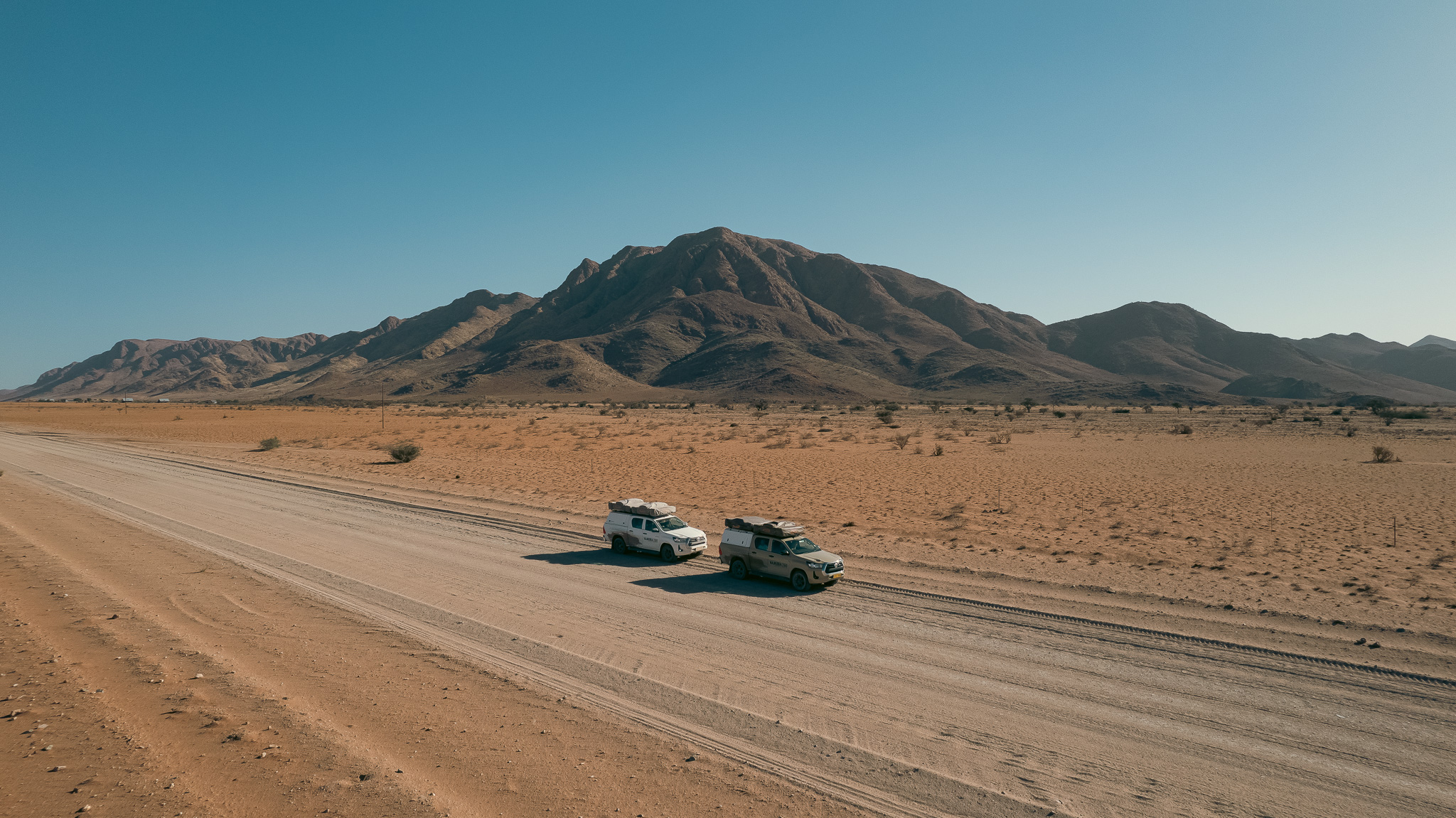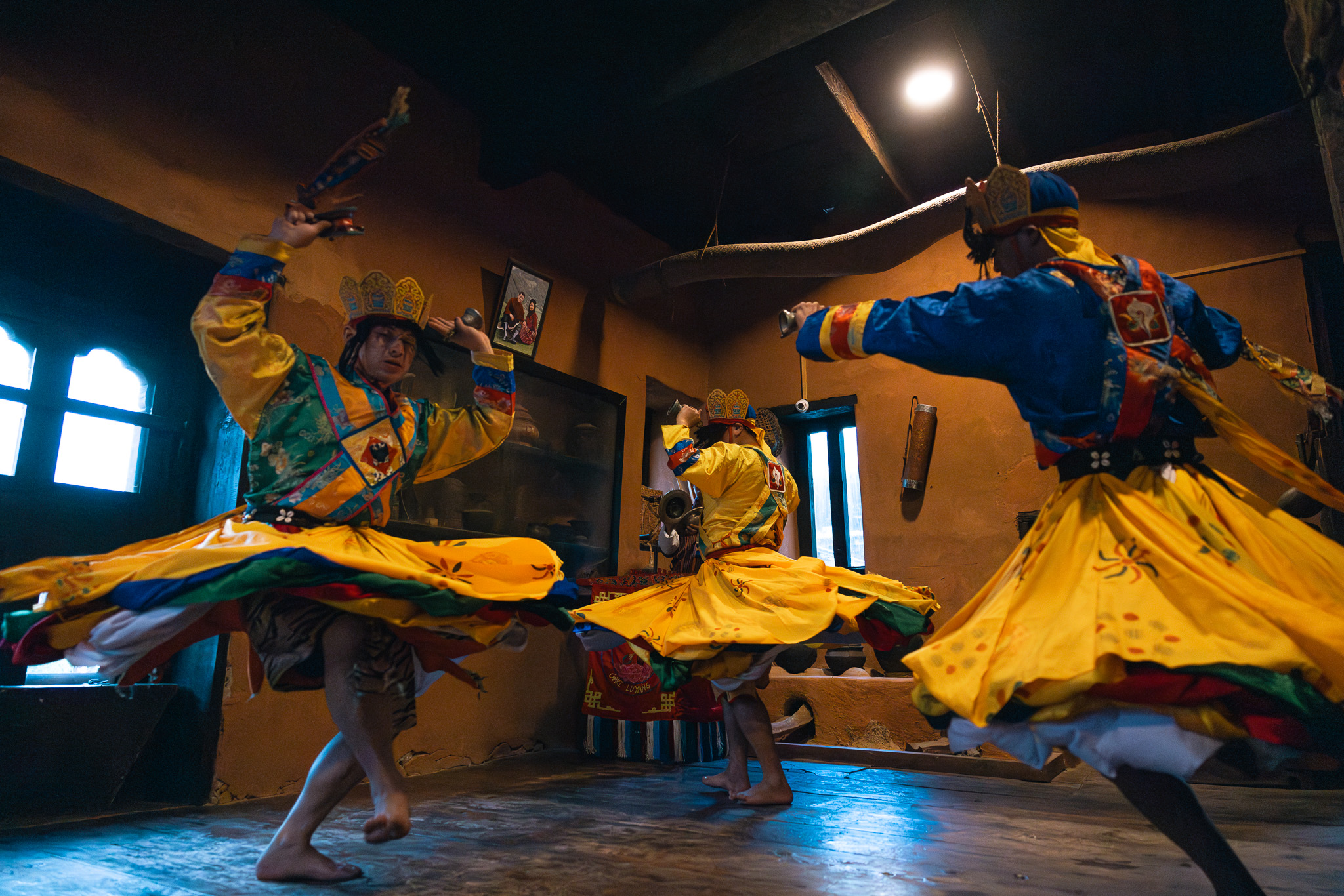
When we travel, we all notice different things: some focus on local culture, others on national cuisine, and some on architecture. Through facades, lines, materials, and scale, one can uncover the story of a city — its pains and pride. For true admirers of architectural forms, a journey might not begin at a museum but with a first glance at the streets and buildings.
That’s why we’ve gathered a list of cities with a distinct architectural presence and are sharing it with you. Some will shock you with their futurism, others will inspire you with classical elegance, and some will make you reconsider your entire concept of beauty. From futuristic Dubai to romantic Florence, from chaotic Hanoi to creative Barcelona — here are 7 places where architecture takes centre stage in your travels.
Florence, Italy
The classical city that set global standards

The birthplace of the Renaissance, where architecture itself became art. The Cathedral of Santa Maria del Fiore with Brunelleschi’s octagonal dome, the city's oldest bridge, Ponte Vecchio, and much more — every turn of the street feels like a page from an architecture textbook.
Don’t miss: Piazza del Duomo, Uffizi Gallery, Palazzo Vecchio, Basilica of San Lorenzo — one of Florence’s largest and oldest churches.
Barcelona, Spain
Imagination, colour, and freedom of form

Antoni Gaudí created not just buildings, but an architectural theatre in Barcelona. The Sagrada Família, Park Güell (a mix of gardens and residential areas), Casa Batlló (a restored Gaudí building once slated for demolition) — all feel like the wildest dreams made real. A city where form defies logic, yet remains completely harmonious.Antoni Gaudí created not just buildings, but an architectural theatre in Barcelona. The Sagrada Família, Park Güell (a mix of gardens and residential areas), Casa Batlló (a restored Gaudí building that was once slated for demolition) — all feel like the wildest dreams made real. A city where form defies logic, yet remains completely harmonious.
Don’t miss: Sagrada Família, Casa Milà, Casa Batlló, the Gothic Quarter.
Dubai, UAE
City of the future

Dubai is architecturally courageous, from the tallest tower in the world to artificial islands. It is futuristic, unconventional, with an Arabian flair, and very modern. The surrounding desert heightens the contrast: from harsh sands emerged an oasis of luxury, innovation, and ambition. Glass and steel facades are paired with Arabic patterns, solar panels are aesthetically integrated into buildings, and skyscrapers rise alongside mosques.
Don’t miss: Burj Khalifa, Burj Al Arab, Museum of the Future, The Opus by Zaha Hadid, Infinity Bridge, Dubai Frame.
Hanoi, Vietnam
Architecture as a history book

French villas, pagodas, narrow houses, and modern buildings coexist authentically and uniquely here. In Hanoi’s Old Quarter, narrow streets and tube houses (long, narrow homes built to reduce façade-width taxes) dominate. The colonial quarter shows European influence — mansions with stucco, high ceilings, arches, balconies, and shutters. Highlights include the Hanoi Opera House, St. Joseph’s Cathedral, and buildings on Phan Chu Trinh Street. Socialist-era architecture is also present — massive administrative blocks, residential estates, and wide boulevards from the mid-20th century.
Don’t miss: Hanoi Opera House, Văn Miếu (Temple of Literature), St. Joseph’s Cathedral, the French Quarter.
Brasília, Brazil
Architecture as a manifesto

Built from scratch in the 1960s to declare Brazil a nation of the future. Architect Oscar Niemeyer created modernist masterpieces: the National Congress, the Cathedral of Brasília, the presidential residence, and the Attorney General’s office. Concrete and glass buildings with dynamic lines and bold contrasts — typical of futurism. Perfect for those who appreciate a conceptual approach.
Don’t miss: Cathedral of Brasília, National Congress, Palácio da Alvorada (the official residence of the President of Brazil).
Luxor and Cairo, Egypt
Eternity carved in stone

From ancient pyramids to Islamic architecture in Cairo, Egypt offers a journey through time, where each era left its mark. Temples, obelisks, mosques, and palaces — here, architecture becomes a chronicle of civilisations. Luxor, known as ancient Thebes, is famous for monumental temple complexes that exemplify ancient Egyptian style. Cairo, by contrast, combines various architectural styles, including Islamic and contemporary, reflecting its history as the nation’s capital.
On our journey "Egypt: A Journey Through History" every day will be filled with discoveries that will take you to another era and culture: from the aromas of oriental bazaars to the luxury of luxury hotels, from extreme rides on the sand to goosebumps from the scale of ancient structures.
Don’t miss: Pyramids of Giza, Muhammad Ali Mosque, Karnak Temple, Valley of the Kings.
Shanghai and Beijing, China
Symmetry, precision, and feng shui

Chinese architecture is characterised by symmetry, a balance of open and enclosed spaces, and the influence of feng shui. Beijing showcases imperial grandeur: palaces, the Forbidden City, and the Temple of Heaven. Shanghai is the mirror opposite: skyscrapers, Art Deco, and futuristic buildings along the Bund.
On our journey “The Celestial Empire: from Shanghai to Hangzhou” you will have the opportunity to see many architectural masterpieces. Let Scenario Travel be your guide in the Celestial Empire and you will find yourself where standard tourist groups do not go!
Don’t miss: the National Centre for the Performing Arts, Galaxy SOHO by Zaha Hadid, the Forbidden City, the new CCTV Tower, Oriental Pearl Tower, and the Shanghai skyline.
Architecture is another way to see the world!
These 7 destinations are truly worth experiencing in person.
The Scenario Travel team would be delighted to create a personalised itinerary for your trip — complete with top guides, unique hidden spots, and luxurious hotels.



















